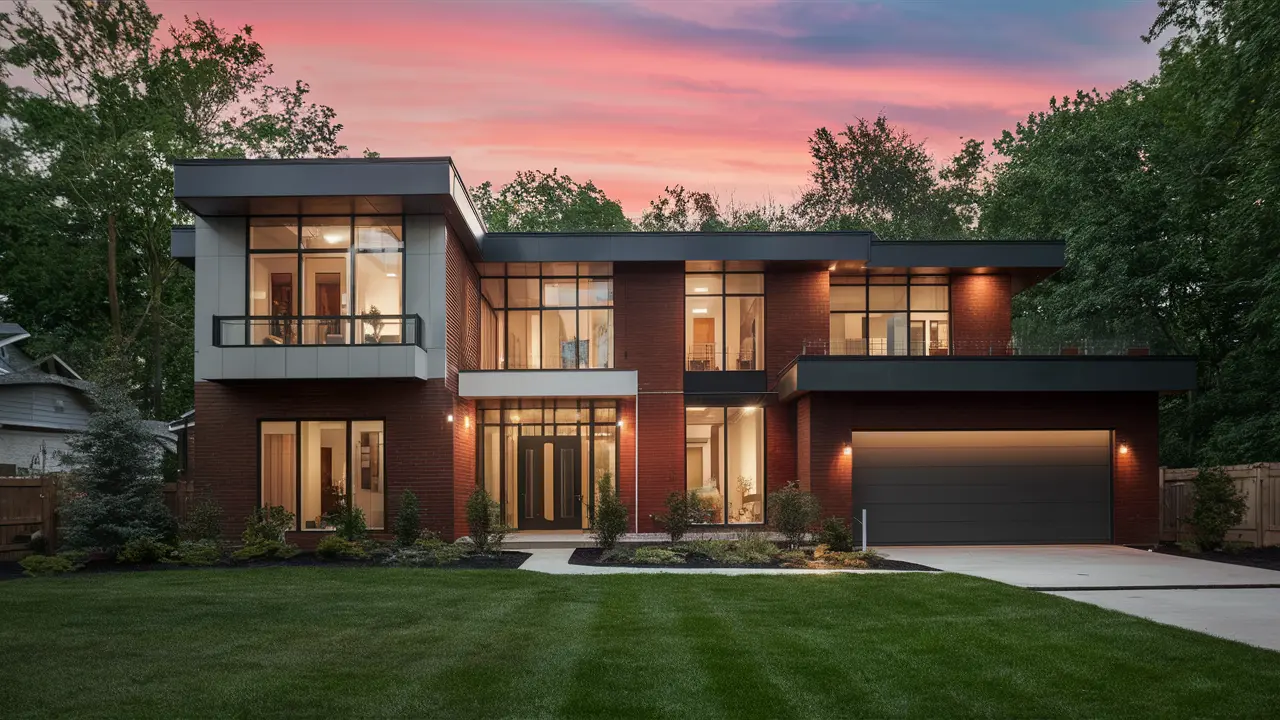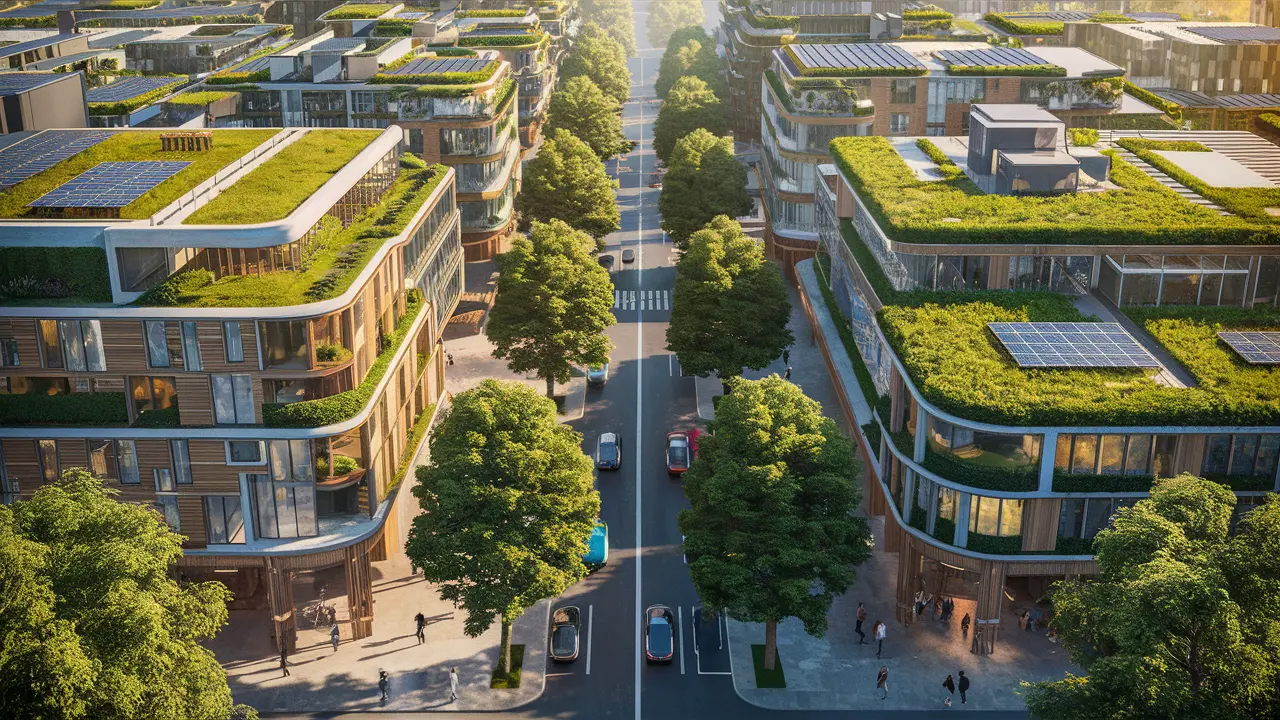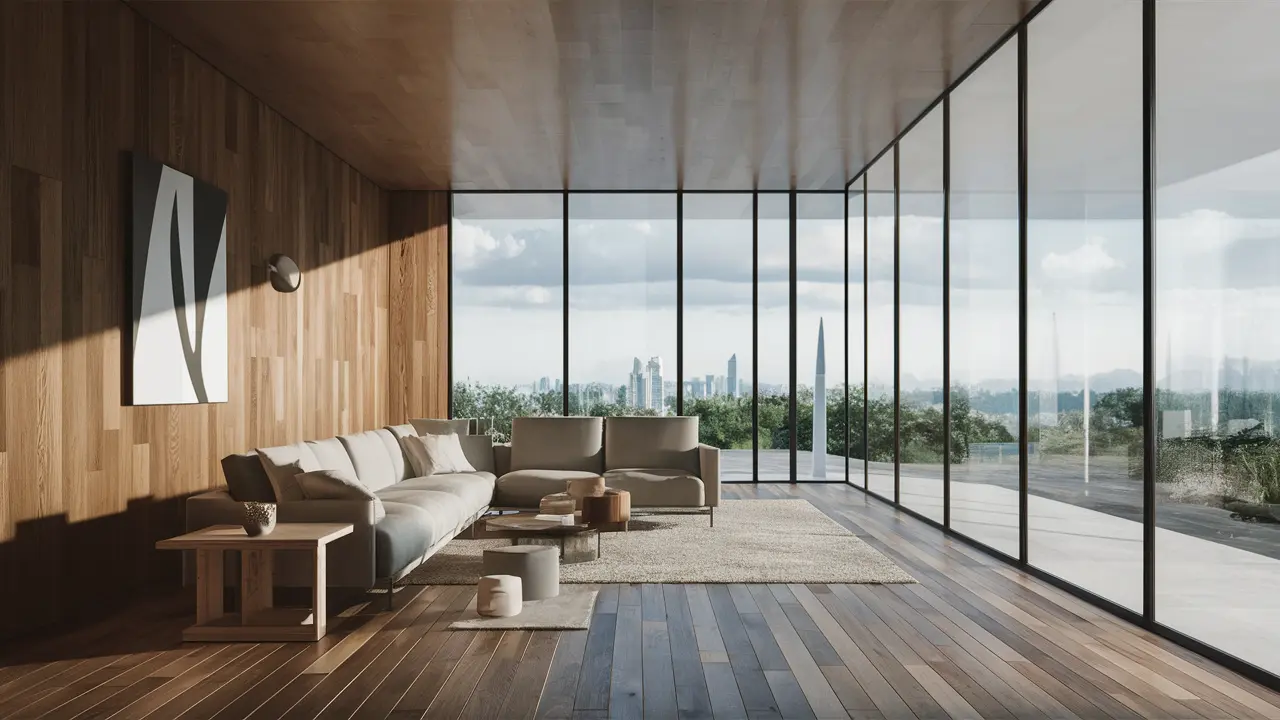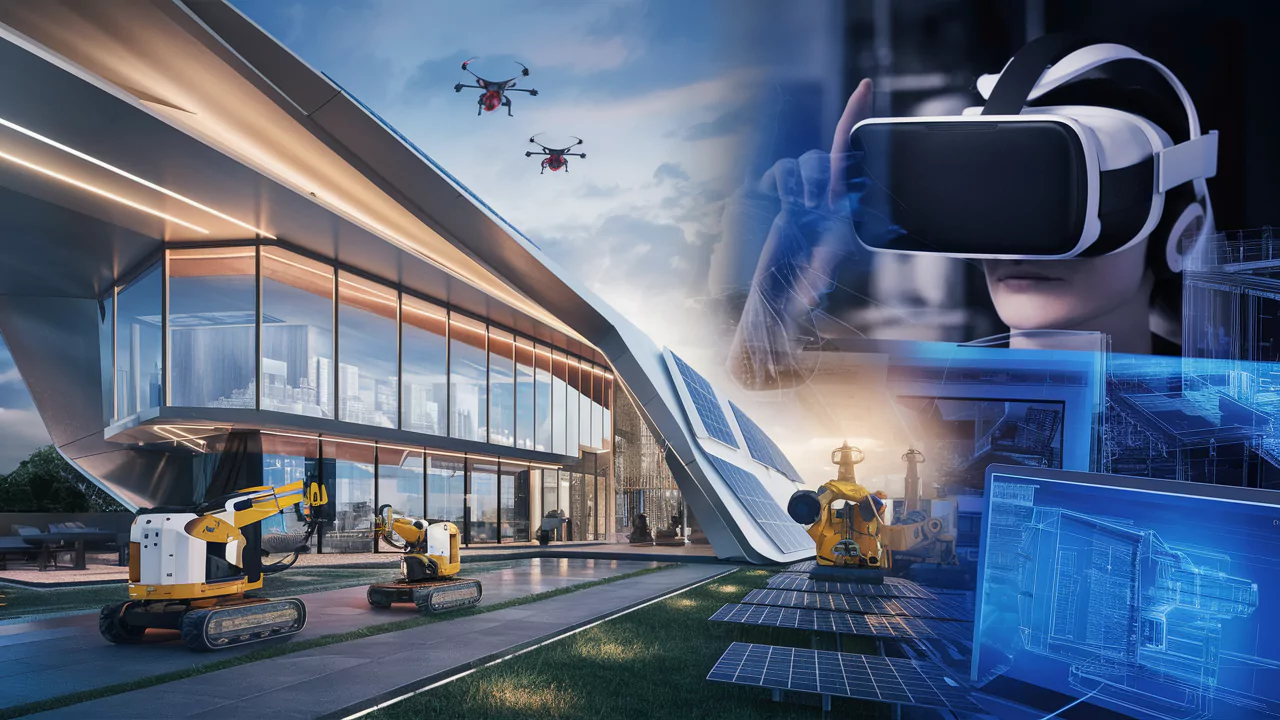Looking ahead to 2024, several key trends are shaping the future of residential architecture, driven by advancements in technology, evolving lifestyles, and a growing emphasis on sustainability and well-being. Here are some trends to watch: Smart Homes and IoT Integration: IoT Devices: Increased integration of Internet of Things (IoT) devices…
Building green homes and offices involves integrating sustainable practices throughout the design, construction, and operation phases to minimize environmental impact and promote occupant well-being. Here’s how sustainable architecture can be implemented in both residential and commercial buildings: Principles of Sustainable Architecture: Energy Efficiency: Passive Design: Orienting buildings to maximize natural…
Innovative materials are transforming modern architecture by offering new possibilities in design, sustainability, and efficiency. These materials are often characterized by their advanced properties, eco-friendliness, and suitability for various architectural applications. Here are some innovative materials making waves in modern architecture: 1. Cross-Laminated Timber (CLT) Description: Engineered wood panels made…
Technology plays a pivotal role in contemporary architectural design, influencing both the process and the outcomes in various ways: Design Tools and Software: Architects now use advanced software like AutoCAD, Revit, and SketchUp for drafting, modeling, and visualization. These tools enable precise design, 3D modeling, and virtual walkthroughs, enhancing accuracy…




